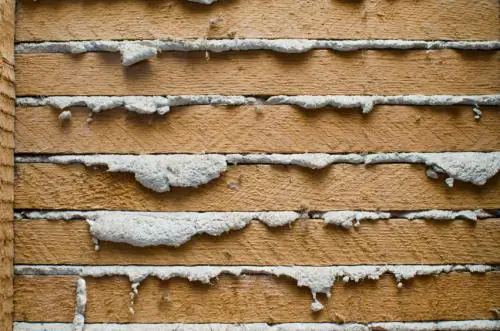Lath and Plaster is one of the most preferred ways of finishing the internal surface of one’s home. It was a common method used in the 1950s, consisting of sawing or riveting thin strips of wood (laths). These strips are covered with plaster and leveled off. Just as with other things, they also require minor repairs to last for their expected years.

Cost effective methods
Short Term: Repairing Lath and Plaster in your home requires key decisions in the areas of time, budget and the final appearance required. The first choice is to remove dust by vacuuming and simply re-decorating with any suitable paint (preferably water based). However, this method is the best before the plaster starts to sag and crack. The cost is low and depends on the original condition of the plasterwork. Though this is best for cottages and buildings that exude an old-world charm, it is a short term solution and cannot give a ‘flat’ finish.
The next method is to scrape out the cracks and remove the loose material. The cracks are to be filled with decorators filler using a spreader. This is a cost effective method and maintains the ‘periodic’ feel giving a few more years to the initial condition.
Mid Term: Another preferred method of repairing Lath and Plaster is by gluing the plasterwork back to its place. Holes are to be drilled in the original plasterwork, the dust to be vacuumed out and adhesive needs to be injected. Supports are required at least until the adhesive is dry. The cost and time for this method depend on the extent of repairing to be carried out. A medium level of effectiveness is achieved, though it requires a specialist to do a proper job.
Exposing the beams is altogether a different method of dealing with Lath and Plaster. It requires removing of lath and plaster, de-nailing and disposing completely. All the plaster marks are to be brushed, wiring needs to be re-routed and other damages to be repaired. The beams can be left as they are or decorated with varnish or paint. This method involves a lot of work, especially in the removal and disposal of plaster and hence, the cost associated can be medium to high, again based on the work.
Long Term: Another suggested method to repair Lath and Plaster is to remove existing plasterwork and to re-apply three coats of plasterwork, two base coats and the finish coat. This is a costly and time consuming process requiring a specialist, but it is a long term solution and the finished work is as good as new. Another method is to support the plasterwork from below and remove loose debris, dust, etc. A new method to hold the lath (for example, wire mesh) may be used and the plasterwork re-applied. This is another long term plan to repair Lath and Plaster and an expensive one, but the period feel is maintained. This is used when the building is of historical importance.
